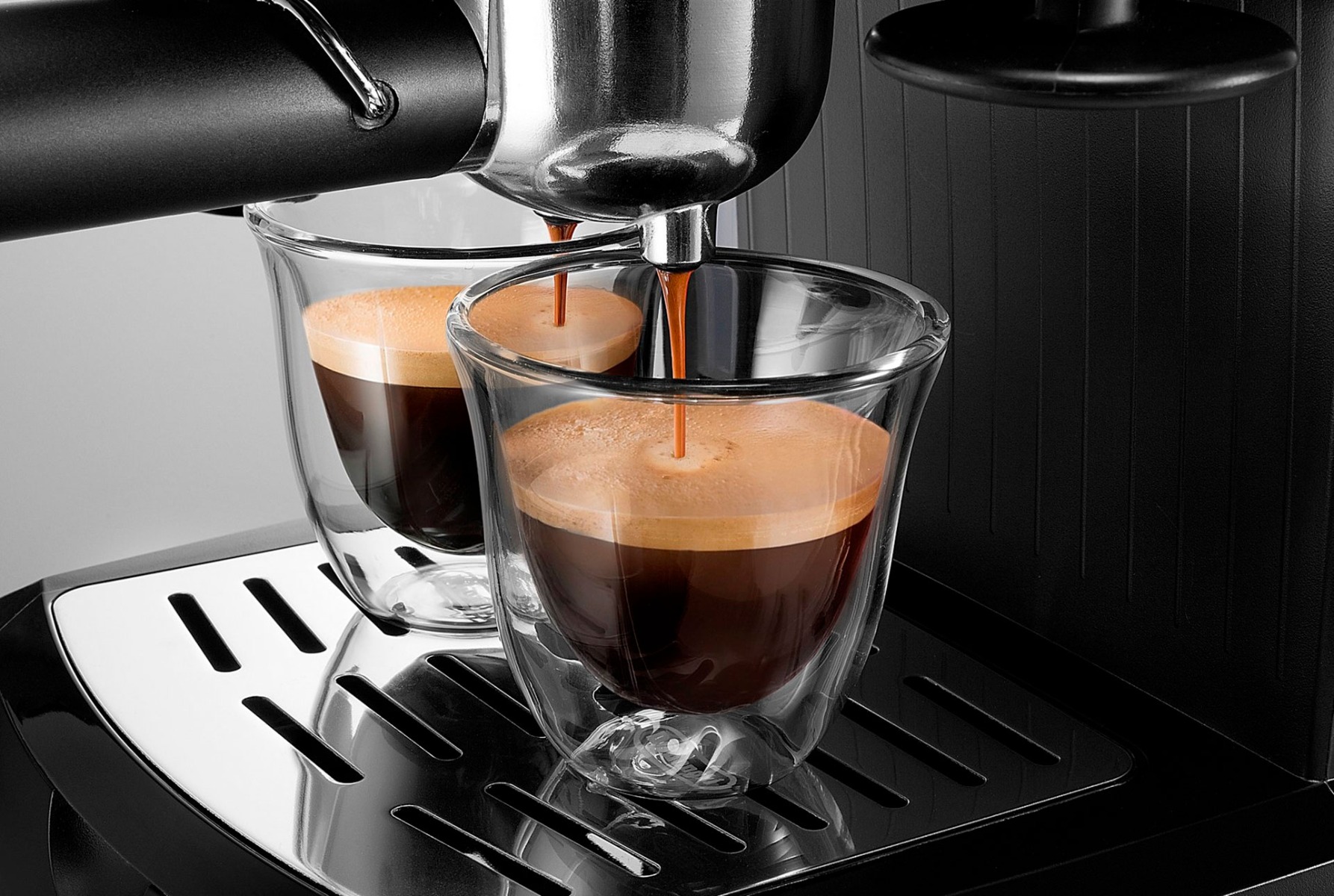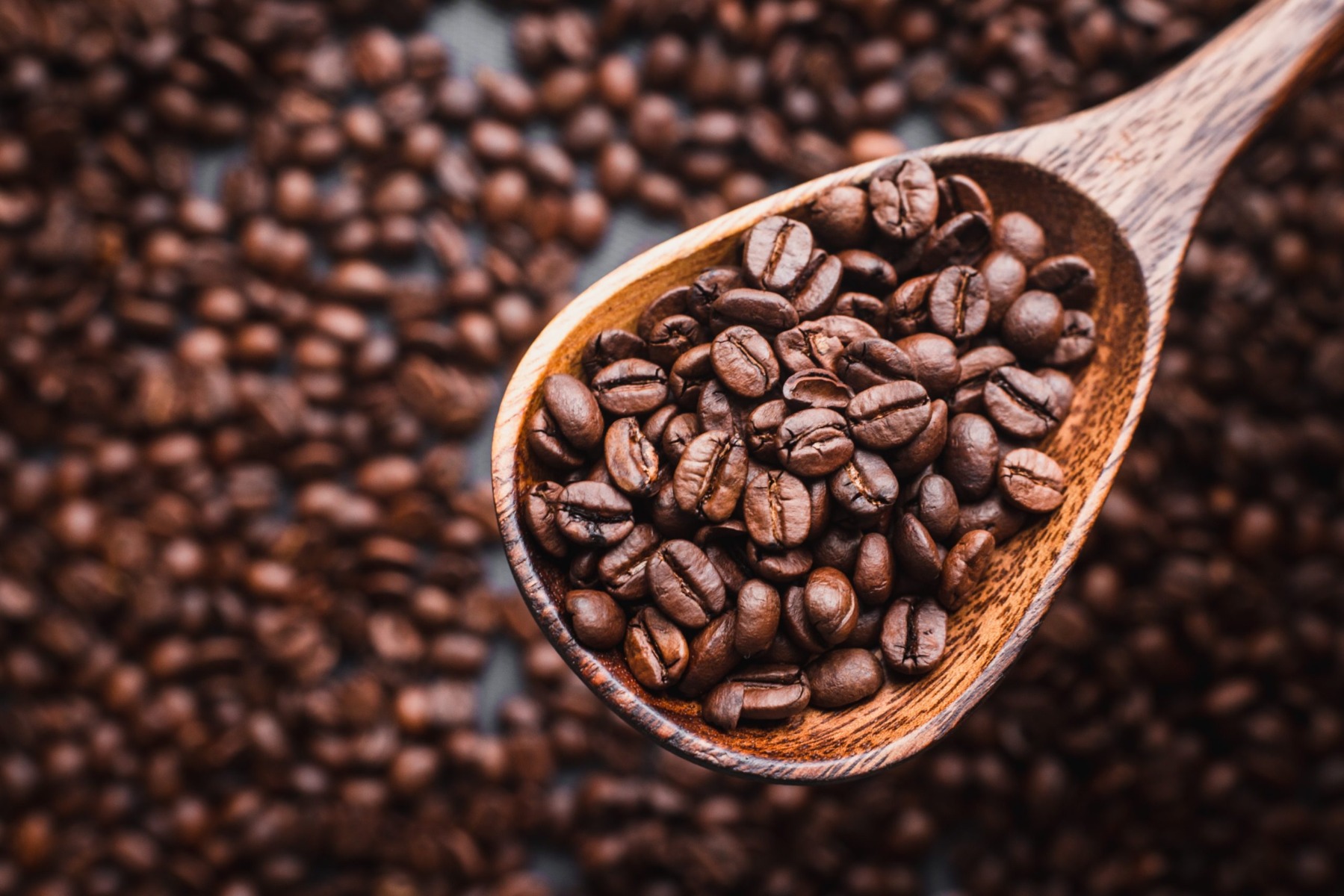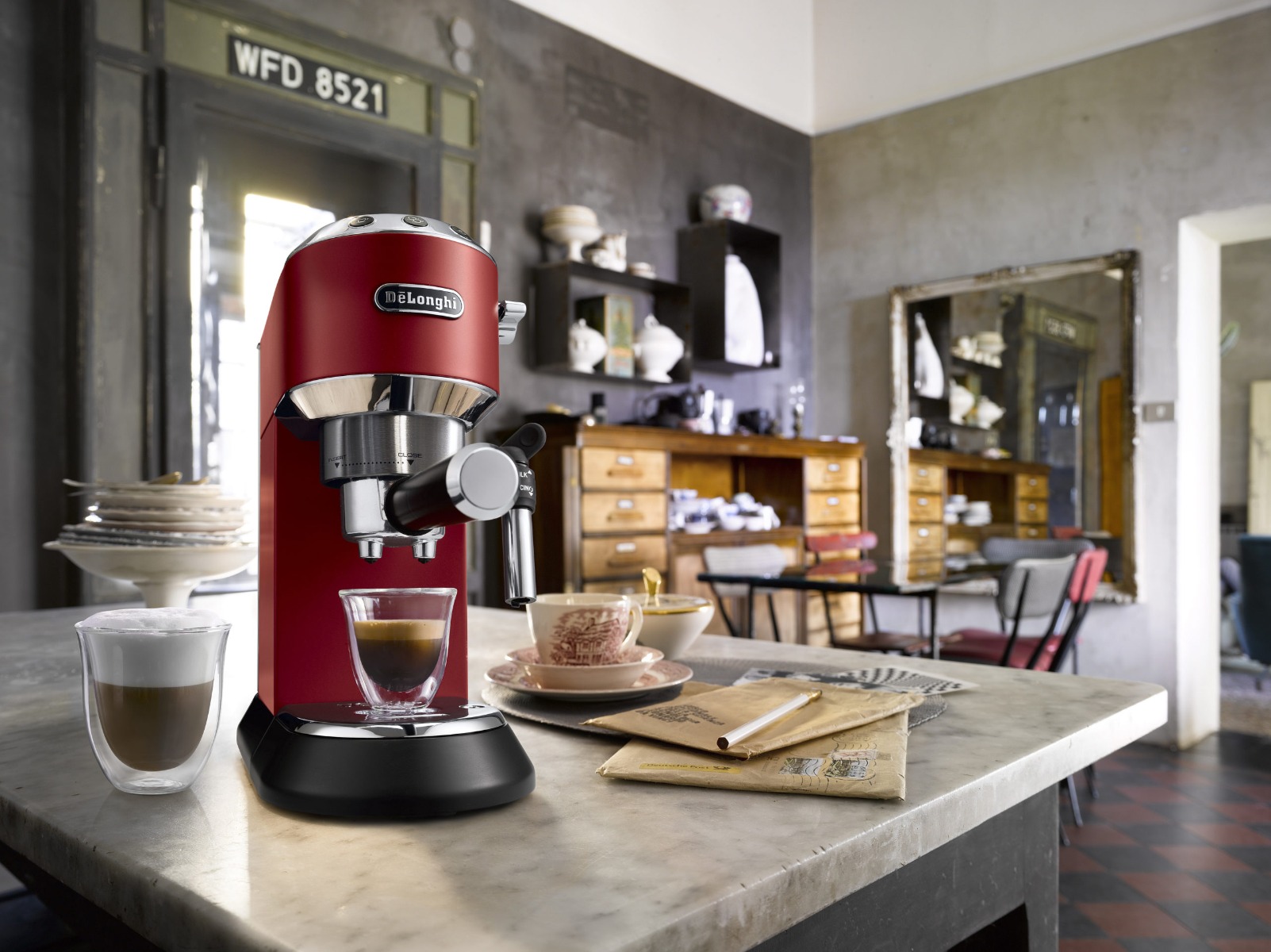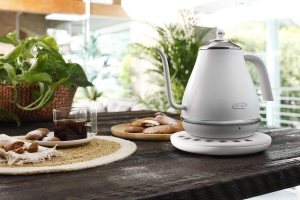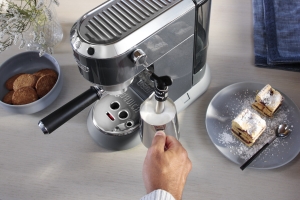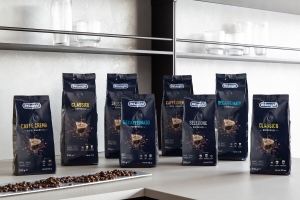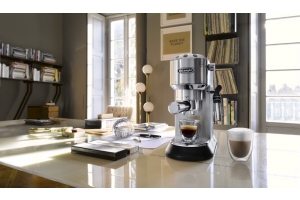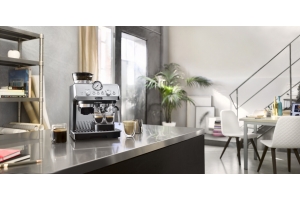grind size
-
Posted: March 24, 2021Categories: Coffee 101
-
Posted: August 19, 2020Categories: Coffee 101
-
Posted: August 05, 2020Categories: Coffee 101
-
Posted: June 10, 2020Categories: Coffee 101
-
Posted: May 29, 2020Categories: The ToolsRead more »
Designed and created in the home of the espresso, Italy, find out why the De’longhi La Specialista is a dream come true for coffee connoisseurs. Whether you are a novice home barista or an experienced one, this semi-automatic coffee machine is a perfect combination of technology and craft. From bean to cup, enjoy full control of your coffee-making experience while the inbuilt advanced barista technology controls each variable for a flawless brew. Unbox your brand new La Specialista with us: https://youtu.be/XAunxzoVEfk Shop now, from SGD1,199.
Sensor Grinding Technology
[caption id="attachment_6156" align="alignnone" width="2437"] Enjoy the flexibility of adjusting the coffee ground fineness and dosage according to your preference.[/caption] For that exquisite shot of espresso, it boils down to perfecting the grind size. La Specialista’s Integrated Sensor Grinder doesn’t only ground beans with absolute precision, but also a consistent and optimal dose each time. With 6 grind settings, you can customise the grinding level and adjust the amount of espresso to be brewed for your chosen coffee beverage. With the bean sensor, you will never run out of beans while grinding midway.
Enjoy the flexibility of adjusting the coffee ground fineness and dosage according to your preference.[/caption] For that exquisite shot of espresso, it boils down to perfecting the grind size. La Specialista’s Integrated Sensor Grinder doesn’t only ground beans with absolute precision, but also a consistent and optimal dose each time. With 6 grind settings, you can customise the grinding level and adjust the amount of espresso to be brewed for your chosen coffee beverage. With the bean sensor, you will never run out of beans while grinding midway. Smart Built-in Tamping System
[caption id="attachment_6159" align="alignnone" width="2496"] The smart built-in tamping syste
The smart built-in tamping syste
-
Posted: April 08, 2020Categories: The BeanRead more »
We’ve all been there at some point - staring at a selection of coffee beans, reading about its origin and flavour profiles, but still feeling disappointed upon taking the first sip of that brew. Who would have known that the process of choosing the right beans for ourselves is similar, if not, more mind-boggling than buying a dream car? There are a few key factors to take into consideration when you are next making that important choice of choosing the right beans. After all, it is that perfect cup that gets our day off to a right start.
1. Knowing your beans
There are two main coffee beans sold commercially in the market today, Robusta and Arabica. On one hand, Robusta has a full-bodied and bitter taste. On the other, Arabica gravitates toward being slightly acidic with a fruity and delicate taste. These beans have varying growing conditions and so it’s no surprise that coffee harvested in one country will taste differently from the other. The altitude, rainfall, climate, and soil conditions each play a prominent role in the flavours and aroma of your resulting brew. Here’s a more comprehensive guide on knowing your coffee beans.2. Selecting the coffee roast
[caption id="attachment_6403" align="alignnone" width="2560"] More than just the colour of the coffee beans, roasting time affects the flavour profile of a brew. Photo from Erick Zajac[/caption] When one takes in a whiff of a raw, green coffee bean that is freshly harvested, its aroma resembles a green pepper rather than the familiar aroma of your favou
More than just the colour of the coffee beans, roasting time affects the flavour profile of a brew. Photo from Erick Zajac[/caption] When one takes in a whiff of a raw, green coffee bean that is freshly harvested, its aroma resembles a green pepper rather than the familiar aroma of your favou
-
Posted: April 01, 2020Categories: The ToolsRead more »
For some coffee drinkers, all espresso machines are the same: they make espresso. But for the more discerning coffee lover, this isn't the case, particularly those who brew their own coffee at home. In fact, there are a few types of espresso makers, each producing varying qualities of espresso. One of the biggest differences between espresso machines is whether or not it is pump-driven, as espresso is made by pushing hot water through ground coffee. There are three main types of espresso machine: lever-driven, steam-driven and pump-driven. For the purposes of this article, we’ll focus on steam-driven and pump-driven machines, as they are the most common types found on the market today.
Firstly – what makes a good espresso?
[caption id="attachment_6414" align="alignnone" width="2560"] Observe the frothy thickness of the crema. Photo from Blake Richard Verdoorn[/caption] How you make your espresso has a significant impact on the quality of your brew, especially the type of espresso machine you use. One of the ways to measure your espresso’s quality is through the crema produced – you should aim to get crema that is foamy and golden. But do note that some coffee beans contain less oil, which results in less crema. Taste-wise, a well-pulled espresso will have the perfect combination of bitterness, sweetness and acidity.
Observe the frothy thickness of the crema. Photo from Blake Richard Verdoorn[/caption] How you make your espresso has a significant impact on the quality of your brew, especially the type of espresso machine you use. One of the ways to measure your espresso’s quality is through the crema produced – you should aim to get crema that is foamy and golden. But do note that some coffee beans contain less oil, which results in less crema. Taste-wise, a well-pulled espresso will have the perfect combination of bitterness, sweetness and acidity.
-
Posted: March 25, 2020Categories: The BeanRead more »
So, you’ve treated yourself to a fresh bag of coffee beans. How do you care for the coffee beans to make sure your morning java stays fresh for as long as possible? Better care of coffee beans makes better-tasting coffee ― and that’s something all of us would appreciate in the morning to boost our energy for the day ahead. For the best cup of coffee, it comes down to knowing the different sizes of grind, how you properly store your beans, and what you should do to maximise the freshness and flavour. Here are some tips and tricks to get the most out of your caffeine hit. Read on to find out the best way to keep your coffee fresh.
Buy just the right amount
[caption id="attachment_6436" align="alignnone" width="2560"] The best way to ensure the freshness of your coffee is to buy less, but more frequently. Photo from Victor Munoz[/caption] The best way to enjoy your coffee is when it’s fresh. Your coffee beans begin to lose freshness almost immediately after roasting. The best way to ensure the freshness of your coffee is to buy less, enough for one or two weeks, but more frequently. The life span of your roasted coffee beans is approximately 4 to 5 weeks. Coffee beans older than that will not make you sick, but it will never taste as good as when it’s fresh. Here's more reasons why you should care about your coffee bean's roasting date. Our Kimbo Espresso Coffee Beans 100% Arab
The best way to ensure the freshness of your coffee is to buy less, but more frequently. Photo from Victor Munoz[/caption] The best way to enjoy your coffee is when it’s fresh. Your coffee beans begin to lose freshness almost immediately after roasting. The best way to ensure the freshness of your coffee is to buy less, enough for one or two weeks, but more frequently. The life span of your roasted coffee beans is approximately 4 to 5 weeks. Coffee beans older than that will not make you sick, but it will never taste as good as when it’s fresh. Here's more reasons why you should care about your coffee bean's roasting date. Our Kimbo Espresso Coffee Beans 100% Arab
-
Posted: December 18, 2019Categories: Coffee 101
-
Posted: September 04, 2019Categories: Coffee 101





